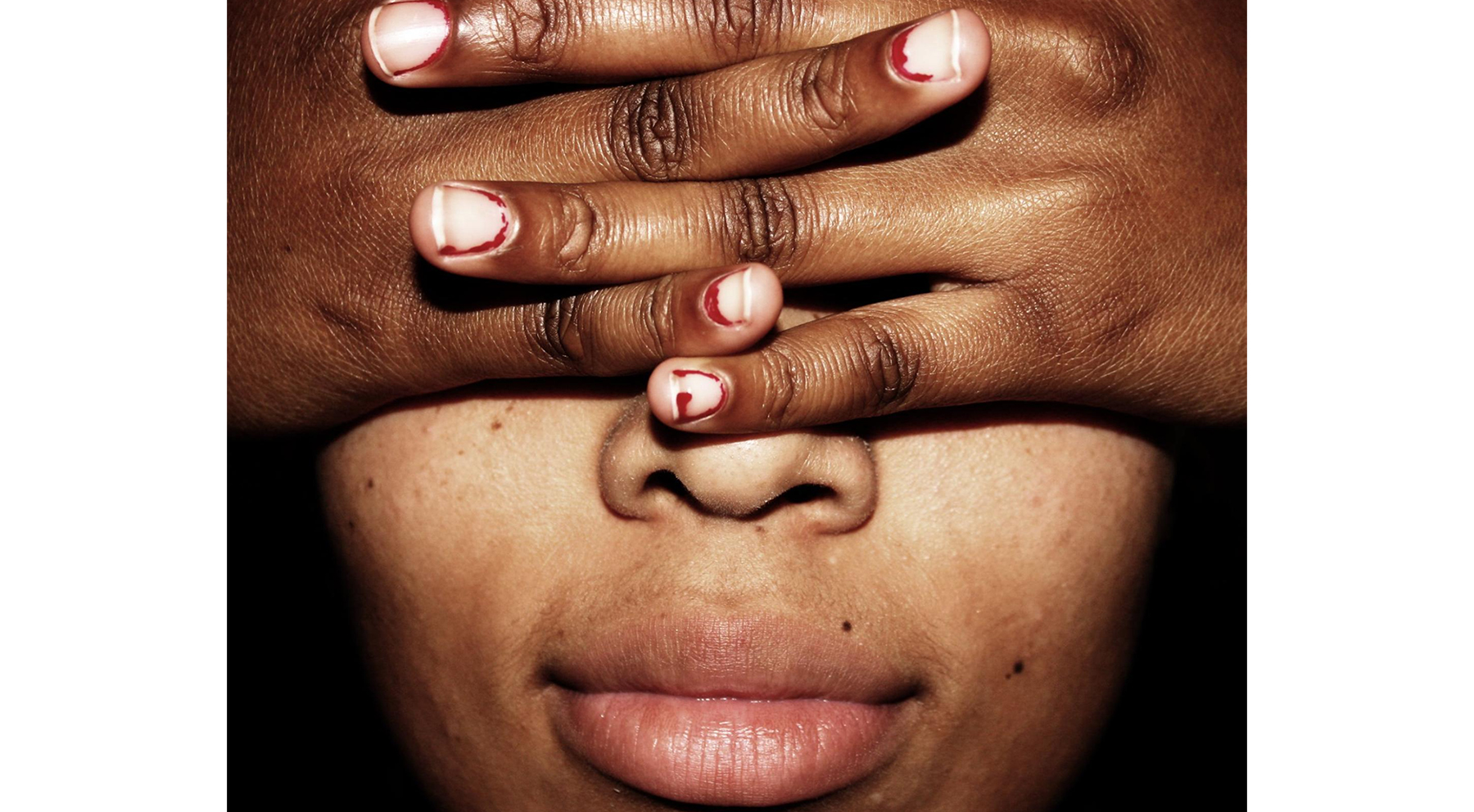2.1 Chapter Overview and Learning Objectives

Overview
The world around you, unfortunately, offers numerous examples of prejudice, racism, and discrimination. This chapter examines the difference between these concepts through a historical lens, contemporary examples, and social science theories. Compared to their white counterparts, people of color often face completely different social barriers and have different lived experiences that are shaped by our social world.
In this chapter, we will look at theoretical ideas and concepts that help us understand the impact of stereotypes and prejudice. We will explore types of racism and ways they impact individuals and society. Finally, we will examine the history of legal racial discrimination in the United States and its impact on modern society. Historical and contemporary stories will illustrate these ideas to help us think critically about them.
Learning Objectives
- Explain what prejudice is and how it shapes society.
- Define racism, the different types of racism, and how racism influences and is connected to the criminal justice system.
- Define discrimination and patterns of legal discrimination.
- Summarize documented examples of stereotyping, prejudice, and discrimination.
Key Terms
- Authoritarian personality: rigid thinkers who obey authority, see the world as black and white, and strictly adhere to social rules and hierarchies (Adorno et al., 1950).
- Cognitive bias: the tendency for someone to look for patterns that support their preexisting beliefs.
- Discrimination: the unfair treatment of marginalized groups, resulting from the implementation of biases, and often reinforced by existing social processes that disadvantage racial minorities.
- Disproportionate minority contact: this concept refers to the overrepresentation of ethnic, racial, and linguistic minority youth in the juvenile system (Coalition for Juvenile Justice, n.d.).
- Everyday racism: the racism people of color are exposed to in the repetitive or familiar practices of everyday situations, including unconscious attitudes and interactions (Essed, 1991).
- Group threat theory: sociological theory that prejudice results from hostility between groups engaged in competition over jobs, resources, and disagreement over various political issues (Quillian, 2006; Hughes and Tuch, 2003).
- Individual racism: the type of racism that occurs between individuals, including the beliefs, attitudes, and actions of individuals that support or perpetuate racism; also called interpersonal racism.
- Jim Crow system: a formal, codified system of racial apartheid that prevailed not just in the South but in the entire nation.
- Microaggressions: the everyday, subtle, intentional, or unintentional interactions or behaviors that communicate some sort of bias toward historically marginalized groups (Limbong, 2020).
- Perceived reverse racism: the perceived concept of discrimination, oppression, and prejudice directed toward white individuals because of their race (Peucker, 2023).
- Prejudice: an individual attitude based on inflexible and irrational generalizations about a group of people, which means “judging before.”
- Racial stereotypes: automatic and exaggerated mental pictures that we hold about all members of a particular racial group.
- Racism: a form of prejudice that refers to a set of negative attitudes, beliefs, and judgments about whole categories of people, and about individual members of those categories because of their perceived race and ethnicity.
- Scapegoat theory: social-psychological explanation of prejudice stating that individuals who experience various kinds of problems become frustrated and tend to blame their troubles on groups that are often disliked in the real world (e.g., racial, ethnic, and religious minorities), thus becoming scapegoats for the real sources of people’s misfortunes (Dollard, Doob, Miller, Mowrer, and Sears, 1939); also called frustration theory.
- Social learning theory: a theory emphasizing conformity and socialization, which suggests prejudiced people are merely conforming to the culture in which they grow up, and prejudice is the result of socialization from parents, peers, the news media, and other various aspects of their culture.
- Stereotypes: widely held beliefs or assumptions about a group of people based on perceived characteristics.
- Systemic racism: refers to how racism is embedded in the fabric of society and how institutional processes are used to maintain systematic discrimination through the complex interactions of large-scale societal systems, practices, ideologies, and programs that produce and perpetuate inequities for racial minorities; also referred to as institutional or structural racism.
- Theories: scientific explanations of things happening around us, such as patterns in social behavior, and how certain things are related.
Licenses and Attributions for Chapter Overview and Learning Objectives
Open Content, Original
“Chapter Overview and Learning Objectives” by Shanell Sanchez, revised by Jessica René Peterson, is licensed under CC BY 4.0.
Open Content, Shared Previously
Figure 2.1. “colorblind” by Leah Lockhart is licensed under CC BY-ND 4.0.
an individual attitude based on inflexible and irrational generalizations about a group of people and literally means “judging before.”
a form of prejudice that refers to a set of negative attitudes, beliefs, and judgments about whole categories of people, and about individual members of those categories because of their perceived race and ethnicity.
the unfair treatment of marginalized groups, resulting from the implementation of biases, and often reinforced by existing social processes that disadvantage racial minorities
scientific explanations of things happening around us, such as patterns in social behavior, and how certain things are related
widely held beliefs or assumptions about a group of people based on perceived characteristics.
a group of people living in a defined geographic area that has a common culture

